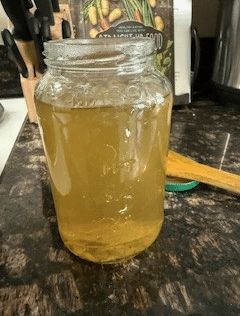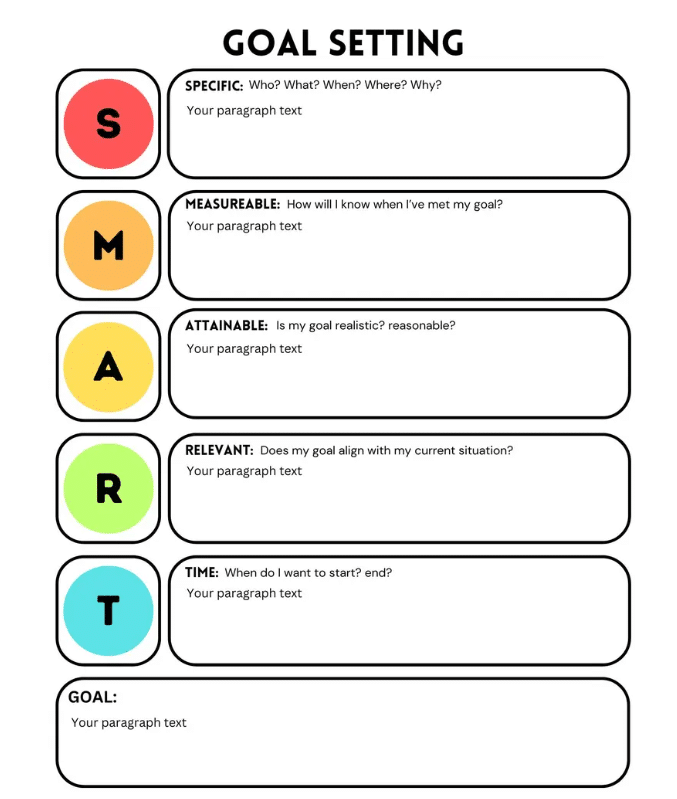Many people think of January as a time to make resolutions to correspond to the new year. The second Friday in January is “Quitter’s Day” because that’s when people are most likely to give up on their resolutions. Many people decide not to make any resolutions at all for this reason.
The easiest way to add a new habit and to help it stick is to add it to your daily routine. Many people have a morning or evening routine. This is a series of tasks like going to the bathroom, brushing your teeth, and having a cup of coffee while reading e-mails. When you weave this new habit into something you already do every day, it becomes easier to stick with in the long run. In my work as a pharmacist, we would have patients tie their daily medication to something they already do daily to improve adherence. If you always have a cup of coffee in the morning, then set your medication next to the coffeemaker.
Your “new year” can start at any time you choose. Maybe your new year begins on your birthday or your wedding anniversary. You can decide at any time to adopt a new habit or learn a new skill. When you feel inspired to adopt a new habit, then seize the opportunity for self-improvement.
There is a newer trend where people have started movements for self-improvement that are catching on with lots of online and local support. Dry January is a time to stop drinking for a month after all the holiday festivities have ended. There is also a movement to try a “No-Spend January” where you do not spend money on anything you don’t need for the entire month to save money. Some people take a longer-term approach to change by adopting a meatless Monday. Swapping out just 3% of your animal protein intake with plants leads to a 12% reduction in cardiovascular disease.
I decided to try something big this year to increase my daily exercise. I am doing 2025 miles of movement for the year 2025. That works out to about 5.5 miles or around 12,000 steps each day. Some people log this as running, walking, or biking miles exclusively. You can log all your daily movements each day recorded on a device such as an Apple watch, Garmin, or Fitbit. You can also manually log your activity to a device if you don’t have a tracker. If you didn’t join on January 1st, you can retroactively add your miles, as the program will take that information from your device and add it. It’s just a fun way to reward getting in your steps each day and, for me, a bit of a challenge. Click on this link to sign up and get a $5 discount. https://shop.runtheedge.com/discount/Referral5?redirect=/collections/2025-miles-in-2025&mwr=cheryl-7fca
I’ve also been experimenting with fasting. This blog started with me chronicling my daily experience with a 21-day medically supervised water-only fast. Did you know that fasting can be addictive? I felt so good after my fast that I was looking for ways to keep that feeling going. I started with fasting each Monday where I would typically stop eating around 6 PM on Sunday and resume eating at noon on Tuesday. This was fine, but in the long run, not as much benefit as doing a longer fast, which you should not do without supervision.
To dig deeper into the topic of fasting, I read Valter Longo’s book The Longevity Diet. This book was a fascinating look at how Mr. Longo developed the studies on diet and longevity based on looking at populations of people who had particular desirable health traits and working backward. For a science nerd like myself, I enjoyed all the information on how he developed the protocol and all the studies associated with it. I highly recommend this book for people looking to optimize their daily diet based on the science of longevity.
My next step was to try a Fasting Mimicking Diet (FMD) called Prolon, which is a 5-day protocol that is heavily researched in over 40 scientific studies by Dr. Valter Longo. After my first 5-day Prolon fast, I took their recommendation to do the 5-day Prolon fast once a month for 3 consecutive months. In completing the 3 consecutive months, they found that one can take 2.5 years off of their chronological age. My third and last fast occurred over the week of the New Year and I feel fantastic.
I noticed renewed energy and better sleep. Others find their sugar cravings diminishing. Many discover a shift in their relationship with food, feeling more in tune with their bodies. For some, these subtle changes spark a ripple effect. They might feel more inclined to hit the gym or finally tackle those health goals they’ve been pondering.
Curious about how the FMD could fit into your wellness journey? Tap the link below to explore Prolon’s science-based approach to fasting.
If you are interested click here: https://prolonlife.com/products/prolon-professionals?hcp=CBECWAR50
Use code SAVE20PROLON to save 20% off your order.
It’s never too late to adopt healthy habits. Every day is a new opportunity, so what are you waiting for?




